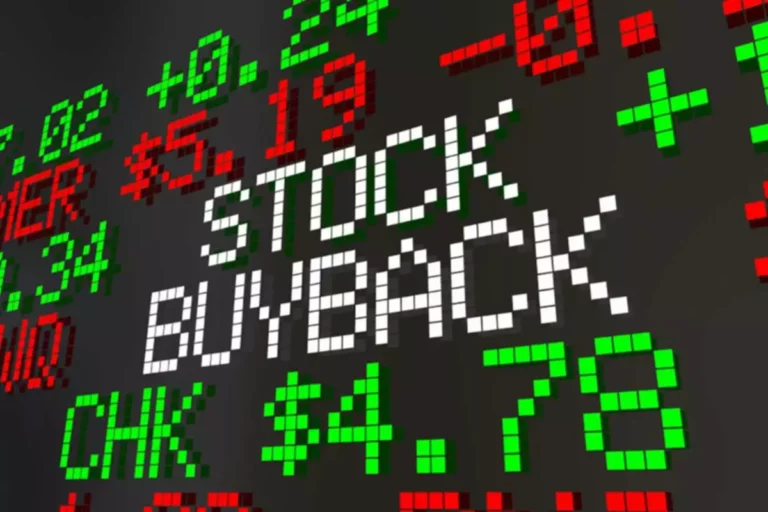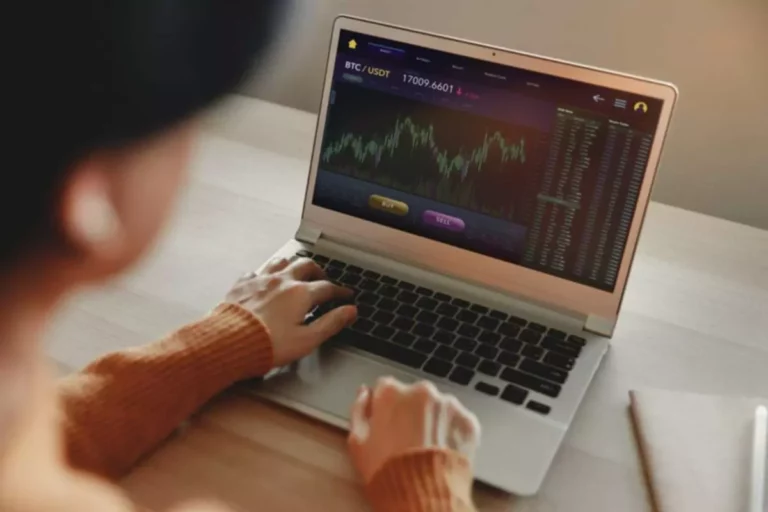Content
An uptrend on declining volume can last a long time, and we don’t want to fight that. But, as you will see later on, lower-than-average periods of volume and forex brokers by volume price movement are generally followed by periods of increased volume and price movement. This situation occurs when trading low-liquid assets or when a pause is taken before the weekend or news release. This happens when traders react to news releases and support the trend direction.
The Free Volume Trading Strategy PDF
For instance, a sudden spike in volume might indicate that a substantial price move is imminent, as increased trading activity reflects heightened interest or sentiment in the market. When volume aligns with a price trend (e.g., rising prices accompanied by increased volume), it reinforces the trend’s strength. Similarly, significant volume spikes can signal potential trend reversals, indicating a shift in market sentiment. For everyday investors, understanding volume helps put price movements in context. A 2% price jump carries more significance when accompanied by trading volume triple https://www.xcritical.com/ the daily average versus the same increase occurring on below-average volume. Without liquid markets, pricing securities like stocks becomes difficult, and trading volume will dry up.
Step 5: Observe Volume Around Critical Points (Resistance and Support Mechanism)
When the price breaks out of the consolidation I’m buying, so I won’t know what volume looks like until the price bar closes. At that point, I get to see if volume increased on the breakout. Decentralized application If it did, I stick with my original stop loss and profit target.
Forex trading terminology. Detailed traders’ dictionary created by history
A very rapid growth in stock trading volumes may indicate the imminent end of the trend. A situation will arise when there are many sell orders at the maximum price, but there are no buyers. The decrease in trading volumes after intensive growth suggests that traders are sticking to the wait-and-see approach. This is the number of stocks bought and sold during one trading session. As a rule, the average value for a fixed period of time (usually 90 days) is analyzed. These are generally sharp moves in price combined with a sharp increase in volume that signals the potential end of a trend.
- You can see high trading volumes due to panic selling as the price falls.
- Likewise, your backtesting results will show you the best timeframe for swing trading your strategy if that is your trading style.
- These are generally sharp moves in price combined with a sharp increase in volume that signals the potential end of a trend.
- HowToTrade.com takes no responsibility for loss incurred as a result of the content provided inside our Trading Academy.
- The trade execution was based on the volume crossover on the ADTV as well as the fact that the trading amount of approximately $3.2 million was within the trading limits of the fund.
- Support is defined as the lowest price at which a stock generally stops going lower.
- Consolidation is when a stock trades in a tight range as investors survey the landscape and await the next signal.
In-Depth Guide to Trading Stocks Based on Volume and Volume Analysis

Just like a car, look for volume to increase when the price needs to move through an area where it struggled before. If the price was moving sideways, look for a volume increase when the price makes a new high or low. The calculation of trading volume does not involve a complex formula, and is straightforward. Growth increases the volatility of the asset and accelerates the trend. The decline slows down the trend and turns the price into a flat.

The 5-minute chart shows a strong upward thrust when the stock opens. The main reason for the change in volumes is the reaction to the news. Open interest measures how many transactions were used to open or close positions, and thus tracks the number of contracts which remain open. This example was for illustrative purposes only and is not a recommendation to buy or sell GE stock.
Dear Investor if you wish to revoke your un-executed e-DIS mandate, please mail us with ISIN and quantity on dp@rmoneyindia.com by same day EOD. “Chase Private Client” is the brand name for a banking and investment product and service offering, requiring a Chase Private Client Checking℠ account. Morgan Wealth Plan can help focus your efforts on achieving your financial goals. Through Wealth Plan, you can connect with an advisor to help you create a plan, adjust your financial strategy, and track your progress. Whether you prefer to independently manage your retirement planning or work with an advisor to create a personalized strategy, we can help.
Volume tells us how much or little fuel is driving a price move. But this is often misinterpreted and misquoted as “volume needs to rise during an uptrend” or something like that, which is simply not true, as you will learn. If XYZ’s price rises 5%, but volume decreases to 500,000 shares, this could indicate weakening momentum, prompting cautious behavior among investors. This means that this asset is currently used in a much larger number of trades than the average for a certain period. The Volume indicator displays the volumes of assets bought or sold over a certain period. The green color of the histogram column means that the volume of the current candle exceeds the volume of the previous one.

Like I said before, ETFs don’t always adhere to the principles I discussed earlier in the article in relation to individual stocks. That said, the big volume spike area still signaled the bottom and a major turning point. Price can drift in its current direction with little volume (fuel). It doesn’t need your foot on the gas all the time to keep moving. As mentioned prior, volume will often increase after a breakout or as the price starts moving in the trending direction again after a pullback (Chevron examples above). But once that price is moving, volume is almost always going to decline for a period of time, even as the price continues to rise.
The David Varadi Oscillator does not perform well in volatile markets, as the price swings, which the indicator tracks, become highly erratic during such market conditions. Typical signals from the David Varadi Oscillator are rising values, which indicate an emerging upswing in price, and falling values, which suggest an emerging price downswing. However, these signals are not to be interpreted on their own merit. The timeframes that work best with the David Varadi Oscillator will depend on your trading style and backtesting results. If you are a day trader, you will like to trade on intraday timeframes, such as the hourly, 30-minute, or 15-minute timeframe. This is unlike other indicators, especially oscillators, which are affected by the trend.
Trading volume is calculated by simply taking the number of shares or contracts exchanged between a buyer and seller in a single transaction. Yes, the David Varadi Oscillator can be automated in trading systems using the right trading algorithms. However, it may be combined with other indicators or tools to create a reliable strategy, which can then be coded into a trading algo for the automated trading system.
In this blog, we’ll explore the differences between these two metrics, how they work, and why understanding them is crucial for successful trading. The movement of volume assists in determining whether a price trend is robust or weak. For instance, the strength of an increasing price would depend on having a significant volume alongside it, while a low volume would indicate a crack in the trend’s strength. It is worth noting that about sixty percent of other traders rely on volume patterns to help them identify trends’. TWP provides information that its customers may use to make their own investment decisions.
When we combine trading volume analysis with price action analysis, we gain better insight into how likely it is that a price move will sustain itself, or whether it will quickly fail. Imagine knowing if a breakout is likely to continue running in the breakout direction, or if the price move is likely to fizzle. For example, if 1,000 trades occur over a day, and each trade involves 50 shares, the total trading volume for the day would be 50,000 shares.
Look for increased volume on price moves above prior highs to help confirm long trades, or below lows to help confirm short trades. Look for lulls in volume, near key price levels, as a breakout on increased volume could follow. If the indicator is near zero and below, it indicates low trading volumes and confirms the flat on the daily interval.